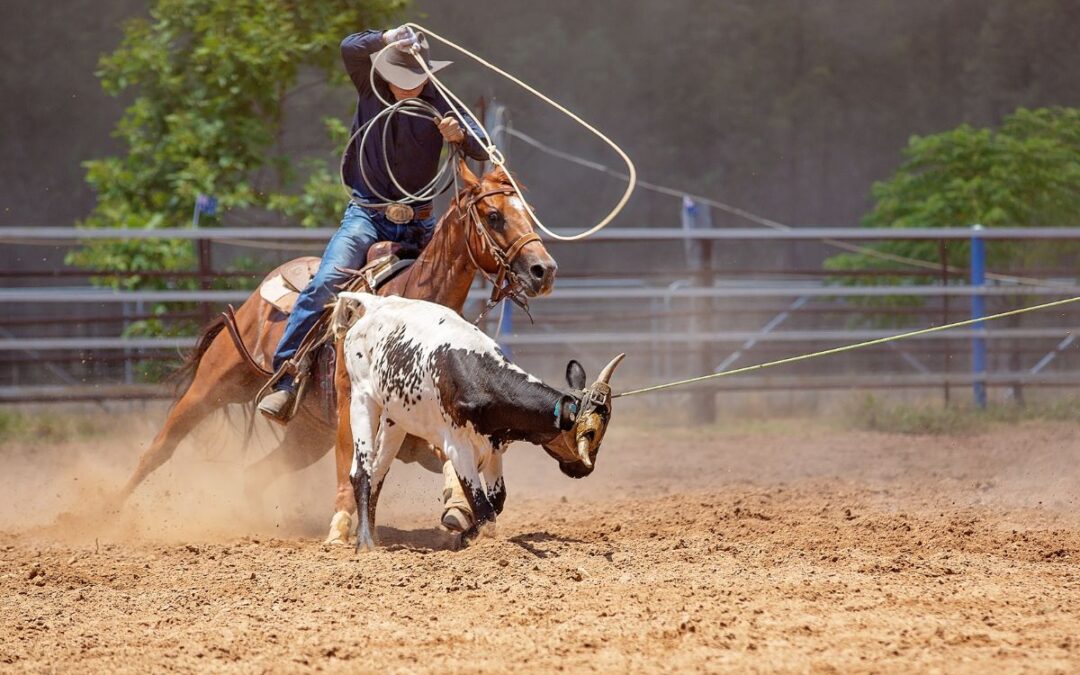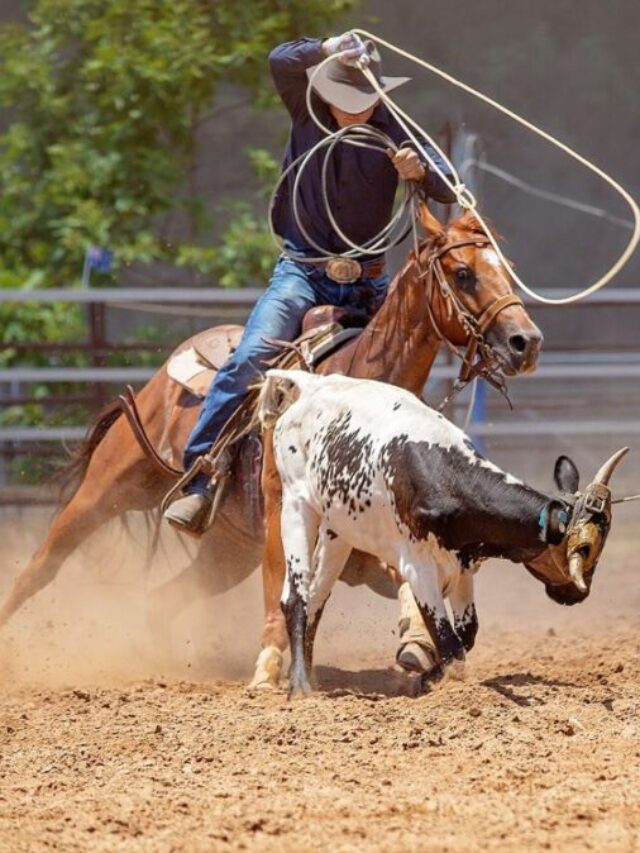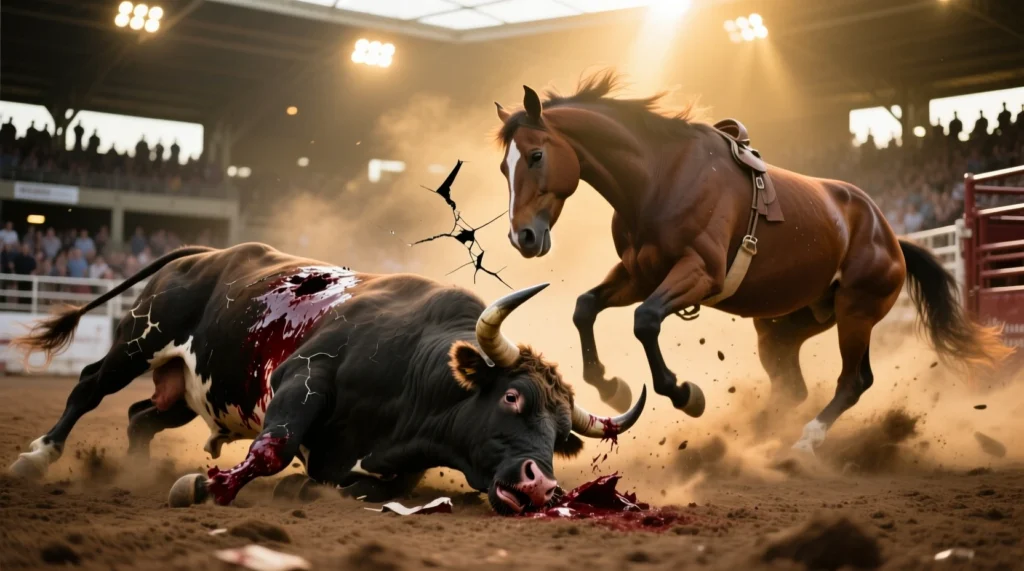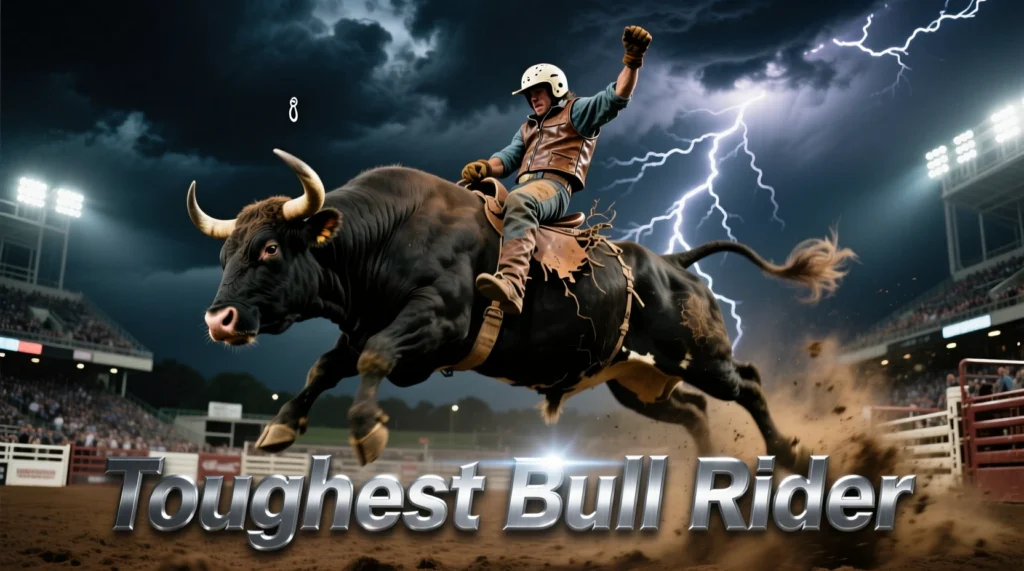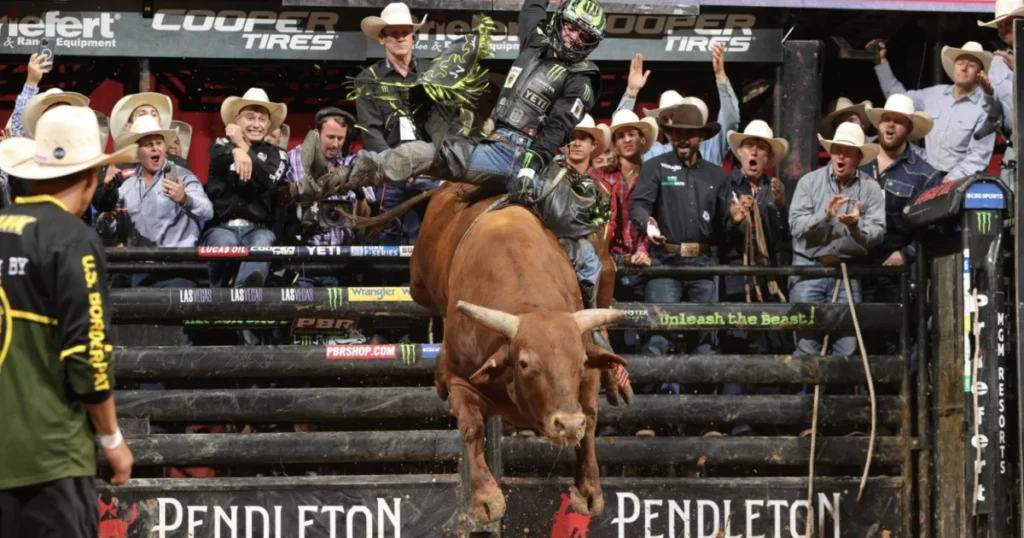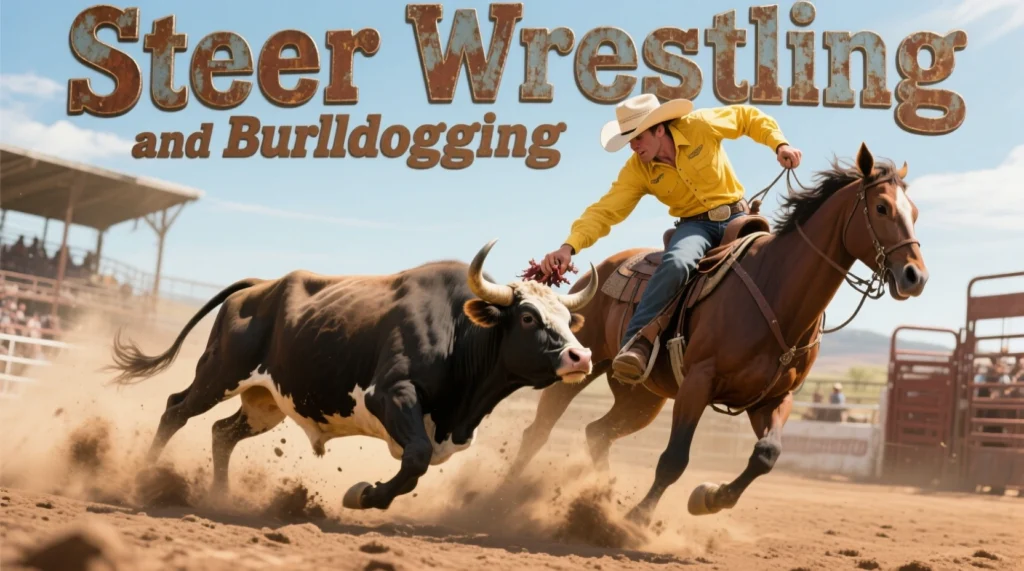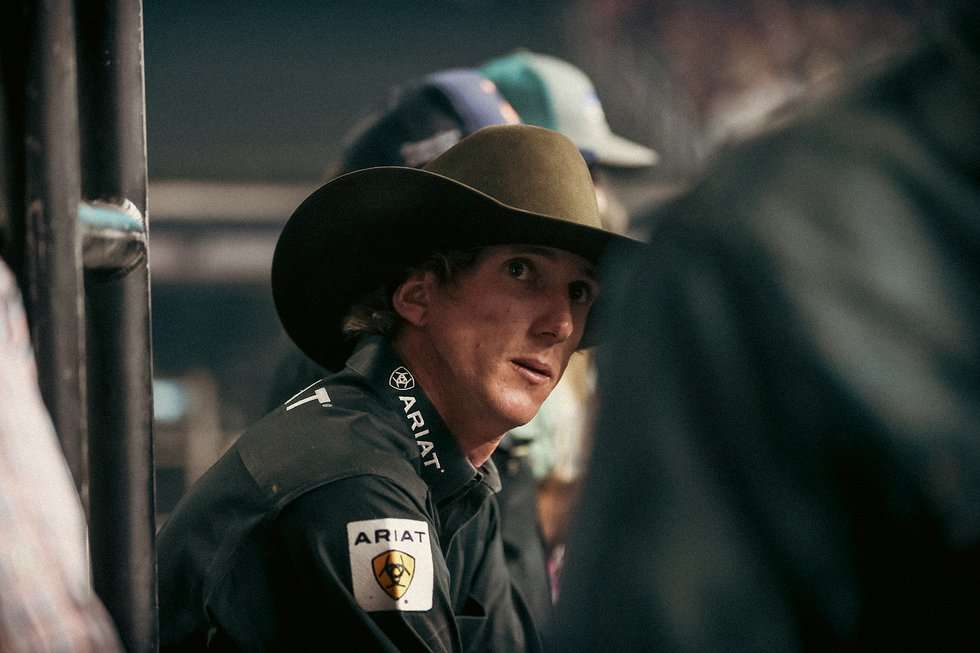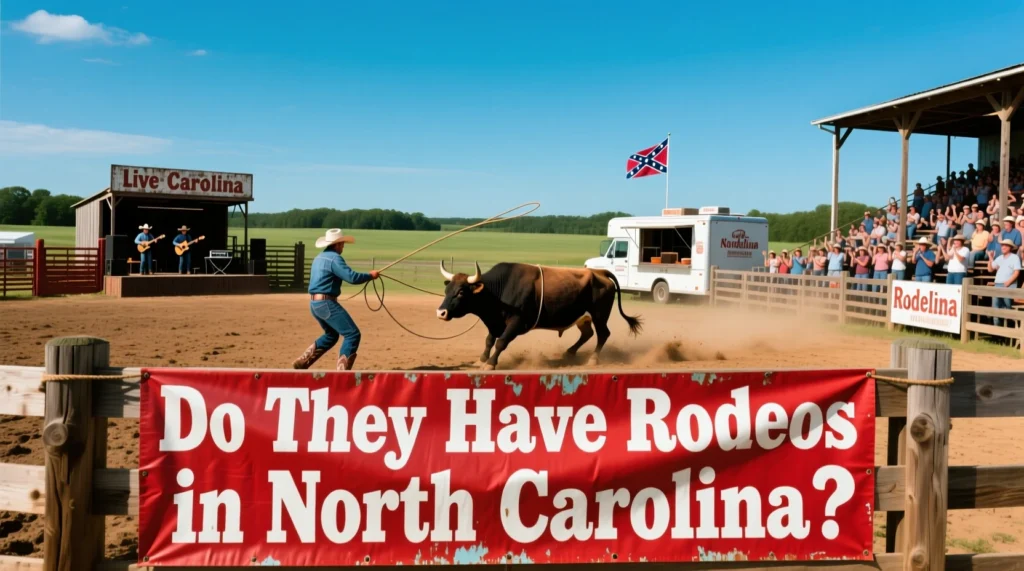Are Rodeos Okay for Animals? Get the facts about animal welfare in rodeo, including PBR and PRCA regulations, common concerns, and expert opinion.
Table of Contents
Quick Answer: It Depends on Regulations & Treatment
Rodeos can be safe for animals when strict welfare guidelines are followed, but concerns about stress, injuries and ethical treatment remain. Here’s what you need to know:
| Factor | Pro-Rodeo Argument | Animal Welfare Concerns |
|---|---|---|
| Injury Rates | Less than 0.05% in PBR events (2024 data) | Occasional severe injuries (e.g., broken limbs) |
| Stress Levels | Animals are bred for bucking (natural behavior) | Loud crowds & forced performance may cause distress |
| Equipment | Flank straps are padded, quick-release | Misuse can cause discomfort |
| Veterinary Care | On-site vets at major events (PBR, PRCA) | Smaller rodeos may lack oversight |
How Rodeos Work: Animal Events & Safety Measure
1. Common Rodeo Events Involving Animals
- Bull Riding (PBR) – Bulls sell naturally. No prodding required
- Steer Wrestling – Quick takedown, pad mat
- Calf Rope – Controversial; some restrictions in place (e.g., UK)
- Barrel Racing – Least dangerous; horses trained for agility
2. Animal Welfare Rules in Pro Rodeos (PBR & PRCA)
- Veterinarians on site at all major events
- No electric products during performance (only in peaks if necessary)
- The flank straps are wool lined and loosen immediately after riding.
- Injured animals are removed and treated.
Biggest Concerns: Are Rodeos Cruel?
1. Do Animals Get Hurt?
- PBR 2024 Injury Report:
- Bulls: 0.03% injury rate (3 per 10,000 rides)
- Horses: 0.01% injury rate (mostly minor)
- Most Common Injuries:
- Sprains, cuts (treated immediately)
- Rare fractures (euthanasia in severe cases)
2. Are Animals Forced to Perform?
- Bucking is natural for bulls & broncs (genetically predisposed)
- No harmful stimulants (PBR bans drugs that alter behavior)
- “Hotshots” (electric prods) restricted to rare cases
3. What Happens to Retired Rodeo Animals?
- Many become breeding stock (high-value bucking genes)
- Some go to sanctuaries or live on ranches
Read Web Story For Are Rodeos Okay for Animals?
Rodeo Regulations vs. Animal Rights Criticisms
| Aspect | Rodeo Industry Standards | Animal Rights Concerns |
|---|---|---|
| Use of Flank Straps | Padded, doesn’t harm | Can cause discomfort if misused |
| Calf Roping | PRCA requires quick releases | Stressful for young animals |
| Electric Prods | Only in chutes, minimal use | Potential for overuse |
| Retirement | Many live 15+ years post-career | Some end up in slaughterhouses |
Which Rodeos Are the Safest for Animals?
- PBR (Professional Bull Riders) – Strictest welfare rules
- PRCA Rodeos – Veterinarian-mandated
- Youth Rodeos – Lower-intensity events
- Banned in Some Places (UK, Netherlands, parts of Australia)
How to Tell If a Rodeo Treats Animals Well
✅ Look for:
- On-site veterinarians
- Padded flank straps
- No excessive prodding
- Quick release mechanisms
❌ Red Flags:
- Animals limping or distressed
- Overuse of prods
- Poor living conditions
The Verdict: Are Rodeos Okay for Animals?
Yes, with proper care – large organizations like the PBR and PRCA enforce welfare laws, but smaller rodeos may lack oversight.
Best choice for fans: Support events with transparent animal care policies and avoid unorganized shows.

